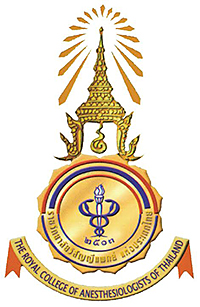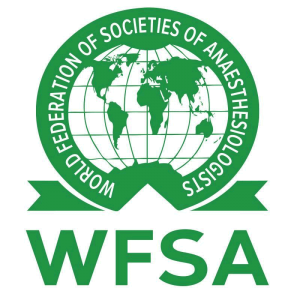Bangkok Anesthesia Regional Training Center (BARTC)
Professor Thara Tritrakarn founded Bangkok Anesthesia Regional Training Center (BARTC) in 1996, with the support of colleagues from the World Federation of Societies of Anesthesiologists (WFSA) and the Royal College of Anesthesiologists of Thailand (RCAT). Three Departments of Anesthesiology of 3 Teaching Hospitals, together with a Pediatric Center Hospital and 2 Provincial General Hospitals (Cholburi Hospital and Rajchaburi Hospital) collaborate to offer one-year training for fellows from other countries.
Our goal is to promote safe anesthesia for patients in developing countries in Asia. Our strategy is to train future trainers to form a critical mass and enable them to teach junior colleagues and students in their own countries.
From 1996 onwards, WFSA provides financial support as scholarships to trainees to train at BARTC for one year. They work for 2/3 of the time in 3 university hospitals, some chose to spend some time in the pediatric center, and they all rotate to 2 general hospitals. Sixty fellows have been trained.
In 2009 we have obtained feedback from fellows from 6 countries: Lao PDR, Mongolia, Cambodia, Vietnam, Myanmar, and Bhutan. Most of then are working as anesthesiologists in their countries. One fellow had to return home before finishing the one-year program because a riot occurred in his country and at present he has changed his specialty to be an endocrinologist. The other alumnus who is not practicing anesthesia is now an administrator. Of those who are practicing anesthesia, 74% also teach anesthesiology to medical students or residents. Most of them work in hospitasl that are located in the capital of the country.
All reported that, looking back, the time they spent in BARTC training is very much worthwhile. Comparing anesthesia education in their country between before and after the trainee came to BARTC, 43% reported it as much improved and 57% reported some improvement. When there is much and/or some improvement, 48% feel that he/she has significantly contributed to the improvement of anesthesia education. 60% also reported that other BARTC alumni are significantly responsible for the current improvement. 90% answered that they would send their junior staff to come to train in BARTC.
In order for BARTC to be beneficial for global anesthesia; they suggested that BARTC continue to train more young anesthesiologists, expand the training to be longer, and/ or include subspecialties for alumni.
We feel that we have reached our objectives because all alumni felt that their one-year time spent in BARTC was worthwhile and 91.3% would recommend their junior colleagues to train at BARTC.
Our important goal is to provide “training for the trainers” and we found that 74% of our alumni are also teaching anesthesia.
The key success factors are: (1) the environment of training, and (2) the fact that all fellows returned home. Thailand is called an advanced, developing country. The environment of training is such that the expense of living and the cost of anesthesia service are moderate that the fellows (and the sponsor) could afford. It is important that the fellows should feel that they could apply what they have learnt to their home environment, so very expensive technology can be too overwhelming and discouraging. Another important issue of the environment is the friendliness and helpfulness of all personnel that the fellows encountered. The fact that all fellows returned home results from the one-year duration and the certificate of the training, which will not allow the fellows to stay in Thailand even if they want to. This may also results from the appropriate selection of the fellows and the clear policy that BARTC wants to train anesthesiologists for their home countries.
What BARTC can do in the future are: (1) Strategic collaboration with other helper countries. We need more teachers and aspirers. (2) Expand the training for more experienced fellows by adding subspecialty such as pain management, neuro-anesthesia, cardiac anesthesia, pediatric anesthesia, anesthesia for transplantation, etc. (3) Offer a communicative website or annual follow-up so that the fellows can communicate with teachers and have access to postgraduate education. These possibilities are cost- and time- consuming and Thailand cannot do this alone without the help of WFSA and other helper countries.
Conclusion:
Bangkok Anesthesia Regional Training Center, with the support of World Federation of Societies of Anesthesiologists and the Royal College of Anesthesiologists of Thailand, has helped to form a critical mass of anesthesiologists in Asian countries to improve anesthesia education and practice.


